
How High Should a Stunt Scooter Be? Tips, Charts & Pro Sizing Advice
Stunt scooters are a popular choice for young riders who want to develop their skills at the skate park or simply enjoy a tougher, more durable ride on the way to school. Designed specifically for tricks, jumps, and high-impact landings, these scooters feature stronger, non-folding frames and fixed handlebars.
So, what should you look for when selecting the perfect stunt scooter height for your child, or any beginner rider? Let’s break down the key sizing principles to help you choose with confidence.
Why Stunt Scooter Height Matters
Choosing the right stunt scooter height is crucial for comfort, control, and safe progression. Bars that are too high make the scooter harder to manoeuvre and limit trick performance, while bars that are too low can cause poor posture and instability. For beginners—especially children—the correct height helps build confidence, improves balance, and supports better technique from the very start.
What to Consider When Deciding How High a Stunt Scooter Should Be
Stunt scooters are built with fixed handlebars and rigid frames, getting the sizing right from the start helps riders stay comfortable, maintain control during tricks, and reduce the risk of injury. Below are the key factors to consider when deciding how high a stunt scooter should be and how to select the ideal overall setup.
Handlebar Height
The most important measurement is the handlebar height. For optimal control, the bars should sit around the rider’s waist or just below the top of their pockets when they stand on the deck. This height provides balanced leverage for bar spins, jumps, and landings without forcing the rider to hunch over or stretch upward.
Deck Length
Deck length affects stability and maneuverability.
-
Longer decks give riders more foot space and improved balance, making them suitable for those who prefer a stable ride.
-
Shorter decks are lighter and easier to whip or rotate, ideal for quick tricks and technical moves.
Bar Width
Bar width is largely personal preference, but it should support comfortable shoulder alignment. Many riders cut their bars to achieve the perfect width. Narrow bars spin faster for tricks, while wider bars add stability for street riding.
Type of Riding
Different riding styles benefit from slightly different setups:
-
Street riders often prefer slightly lower, lighter bars and shorter decks for quick rotations and precise control during technical tricks.
-
Park riders may choose a slightly longer deck or higher bars to support bigger jumps and more stable landings.
Rider Height
Height is one of the biggest determining factors when sizing a stunt scooter. If the scooter is too tall or too short, the rider may struggle to maneuver it properly. As a general rule, the handlebars should be at or slightly above the rider’s waist for a balanced riding position.
Rider Weight
A rider’s weight should also be taken into account, especially when choosing the deck and bar strength. A scooter that is too light or poorly constructed may not withstand high-impact tricks or heavier riders.
Rider Skill Level
Beginners often feel more comfortable with slightly smaller, lighter setups that are easier to control. More advanced riders may prefer a larger, more stable scooter that can handle powerful tricks and higher jumps.
Deck Size
A larger deck provides more room to stand and greater stability, while a smaller deck increases agility. Choosing the right deck size helps riders maintain balance and control based on their riding style and comfort level.
Bar Size
Larger bars offer stability during landings and high-speed rides, while smaller bars help with rapid spins and technical tricks. The ideal bar size depends on both skill level and preferred riding terrain.
Wheel Size
Wheel size influences both speed and maneuverability.
-
Larger wheels improve speed, stability, and smoothness over rough surfaces.
-
Smaller wheels make the scooter livelier and more responsive for technical tricks.
Stunt Scooter Height Chart (Age & Rider Height)
Choosing the right stunt scooter height is essential for safe riding, proper posture, and smooth trick progression. Use the detailed charts below to find the ideal setup based on rider height and age.
|
Rider Height |
Estimated Age |
Recommended Total Scooter Height |
Recommended Scooter Type |
|
85–100 cm |
2–4 years |
50–65 cm |
3-wheel Toddler Scooter |
|
90–100 cm |
3–5 years |
Under 70 cm |
Toddler or Kids Scooter |
|
100–115 cm |
4–6 years |
60–70 cm |
Mini Stunt or Small 2-wheel Scooter |
|
110–125 cm |
5–7 years |
60–75 cm |
Kids Scooter or Mini Stunt Scooter |
|
115–130 cm |
6–8 years |
65–75 cm |
Kids Stunt Scooter |
|
125–140 cm |
7–9 years |
68–80 cm |
Mid-size Stunt Scooter |
|
130–145 cm |
8–10 years |
70–80 cm |
Mid-size Scooter |
|
140–150 cm |
9–11 years |
70–80 cm |
Mid-size or Full-size Stunt Scooter |
|
145–160 cm |
10–13 years |
75–85 cm |
|
|
150–160 cm |
75–87 cm |
Full-size Stunt Scooter |
|
|
160 cm+ |
13+ years |
85–95 cm |
Full-size or Adult Scooter |
|
170 cm+ |
15+ years |
79 cm+ |
Full-size or Adult Scooter |
The chart provides a clear starting point for selecting the right stunt scooter height, ensuring a balance of comfort, control, and performance for every stage of a rider’s progression.
How to Measure Proper Scooter Bar Height
Finding the correct scooter bar height is essential for comfort, control, and safe progression—especially on non-adjustable stunt scooters. The right height helps improve balance, reduces strain, and makes learning tricks smoother. Here’s a clear, step-by-step method to determine your ideal handlebar height.
Step-by-Step Guide to Measuring Scooter Bar Height
-
Stand upright as if you’re on a scooter deck
Stand with feet hip-width apart on a flat surface. This mimics your natural riding position.
-
Locate your ideal handlebar zone
For most riders, the correct bar height falls between the hip and the navel. This range offers the best balance for both cruising and trick performance.
Use the Broomstick Method (Most Accurate Technique)
The broomstick method is the simplest and most reliable way to find your optimal bar height:
-
Hold a broomstick horizontally in front of you.
-
Raise or lower it until it sits exactly where your handlebars should feel most comfortable while riding.
-
Once the position feels natural, measure the distance from the broomstick to the floor.
-
Add +5 cm to that measurement.
The additional 5 cm compensates for the height of the scooter deck above the ground, ensuring the final number reflects the true riding position when standing on the scooter.
Example:
-
Broomstick-to-floor measurement: 70 cm
-
Add 5 cm
-
Optimal total scooter height: 75 cm
This method gives you one of the most accurate and user-friendly ways to size a scooter for beginners, kids, teens, and adults.
Signs Your Stunt Scooter Is the Wrong Height
Riding a stunt scooter with the wrong handlebar height can affect control, posture, and safety. If your scooter doesn’t feel quite right, the signs below can help you determine whether your handlebars are too low or too high.
Signs the Handlebars Are Too Low
-
Hunching or bending forward: If you need to lean or hunch over to reach the bars, the scooter is too low. This puts unnecessary strain on the back and neck and can lead to long-term discomfort.
-
Reduced control during riding or tricks: Low handlebars make it harder to maintain a stable posture. This can limit balance, slow down bar spins, and make landings less controlled.
-
Poor overall posture: Riders often compensate for low handlebars by rounding their shoulders or standing awkwardly, which affects both comfort and performance.
Signs the Handlebars Are Too High
-
Difficulty steering and performing tricks: High handlebars reduce leverage, making it harder to complete tricks like tailwhips and barspins. This can significantly slow skill progression.
-
Reduced stability on landings: A higher center of gravity can make the scooter feel wobbly, especially when landing jumps or riding at higher speeds.
-
Increased risk of injury: High bars can cause riders to tip forward more easily during sudden stops and may increase the chance of hitting their face or chest on the bars.
-
Faster arm fatigue: If your arms feel overstretched or tired quickly, the bars are likely too high, forcing your body into an uncomfortable extended position.
Expert Sizing Tips for Beginners and Parents
Avoid Scooters That Are Too Big
While it might seem practical to buy a scooter a child can “grow into,” choosing one that’s too tall can actually make riding harder and less safe. Oversized handlebars reduce control, affect balance, and make it more difficult for beginners to steer or attempt simple tricks.
Why Slightly Smaller Scooters Are Better for Beginners
For new riders, a slightly smaller scooter often provides better stability and easier maneuverability. This helps children learn foundational skills more confidently and progress at a safer, more comfortable pace. Smaller scooters are also lighter, making them easier to lift, turn, and manage at skate parks or on daily rides.
Quick Visual Fit Check: Waist-to-Belly-Button Rule
A simple way to confirm correct sizing is to check the handlebar height while the rider stands upright. The bars should sit between the waist and the belly button, ensuring proper posture and natural arm positioning. This height range supports smoother control, better balance, and a more enjoyable riding experience for beginners.
These guidelines help parents and new riders select a stunt scooter that enhances safety and boosts confidence from the very first session.
Conclusion
Finding the right stunt scooter height is essential for comfort, control, and safe progression. The ideal handlebar height usually sits between the rider’s waist and belly button, offering the best balance for tricks and everyday riding. Using height charts or the broomstick method helps ensure an accurate fit, especially for growing riders.
By choosing the correct bar height from the start, beginners and parents can feel confident that the scooter will support better balance, smoother control, and a more enjoyable riding experience.
FAQs
Where should scooter height be?
The ideal scooter height should sit between the rider’s waist and belly button, providing the best balance, control, and comfort for everyday riding and tricks.
How high should kids' scooter handlebars be?
Kids’ scooter handlebars should reach roughly waist height. This ensures easy steering, proper posture, and safer control as they learn to ride.
What height scooter for an 11 year old?
Most 11-year-olds ride best with a scooter height of 70–85 cm, depending on their height. The handlebars should fall between the waist and belly button for a proper fit.
Are stunt scooters meant to be small?
Yes, stunt scooters are designed to be slightly smaller for better control, faster bar spins, and improved trick performance. A compact size makes them easier and safer to maneuver.
iScooter E Scooter Collections:
Electric Scooter | Kids Electric Scooter | Electric Scooter for Adults | Electric Scooter with Seat | Off-Road Electric Scooter | Foldable Electric Scooter | Girls Electric Scooter | 1000W Electric Scooter | 2000W Electric Scooter | Boys Electric Scooter | Dual Motor Electric Scooter | Big Electric Scooter | Electric Scooter with Suspension | Lightweight Electric Scooter | Commuter E-Scooters | 3 Wheel Electric Scooter
Show more ▼iScooter E Bike Collections:
Foldable Electric Bike | Affordable Cheap Electric Bike | Electric Bike for Adults | Electric Motor Bikes | Trek Electric Bike | Fastest Electric Bike | Electric Road Bike | Full Suspension Electric Mountain Bike | Giant Electric Bike | Womens Ladies Electric Bike | Mens Electric Bike | Electric Bike with Throttle | Electric Gravel Bike | Electric Mountain Bike UK | Fat Tyre Electric Bike | Electric Hybrid Bike | Electric Motorised Bike | Electric Push Bike | 1000W Electric Bike | Cool Electric Bikes | Electric Off Road Bike | Pedal Assist Electric Bike | Good Electric Bikes | Small Electric Bike | Trek Electric Mountain Bike | 2000W Electric Bike | Full Suspension Electric Bike | Mini Electric Bike | Road Legal Electric Bike | Step Through Electric Bike
Show more ▼👍 Buying Guide | 🚴♂️ Riding Guide
📋 Feature Guide | ❓ Common problem
Product category
Electric Scooter
Cheap Electric Scooters for Adults | Fastest Electric Scooter | Kids Electric Scooter | Mini Electric Scooter
































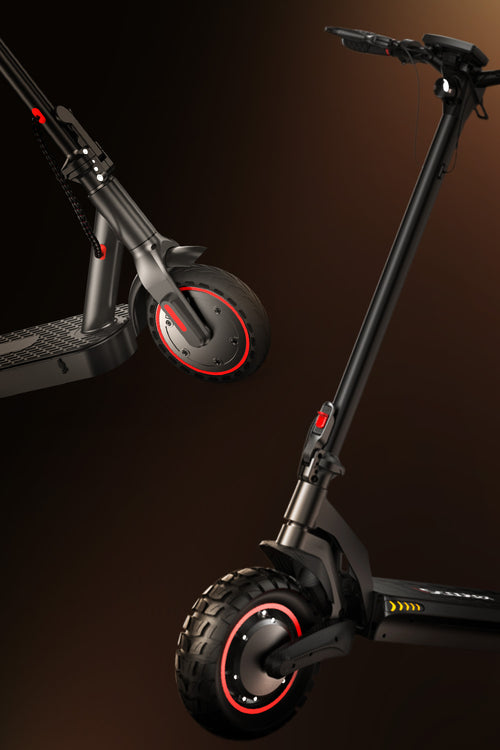
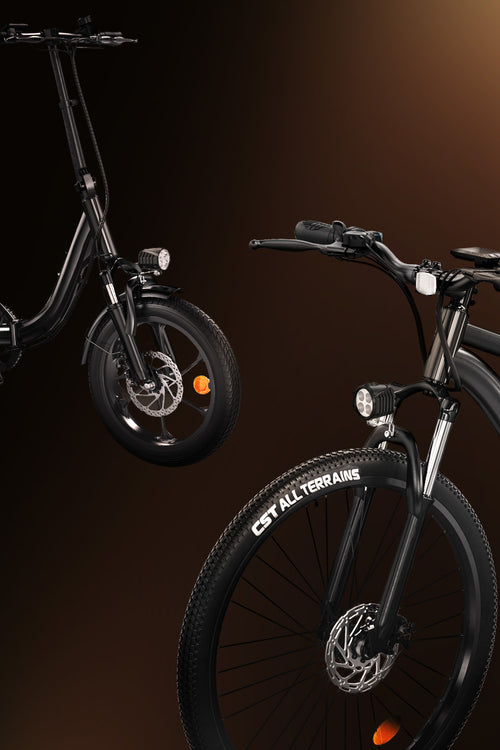








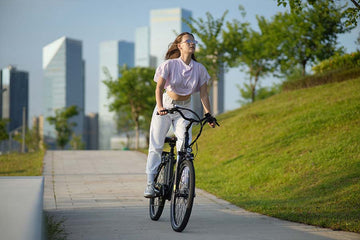
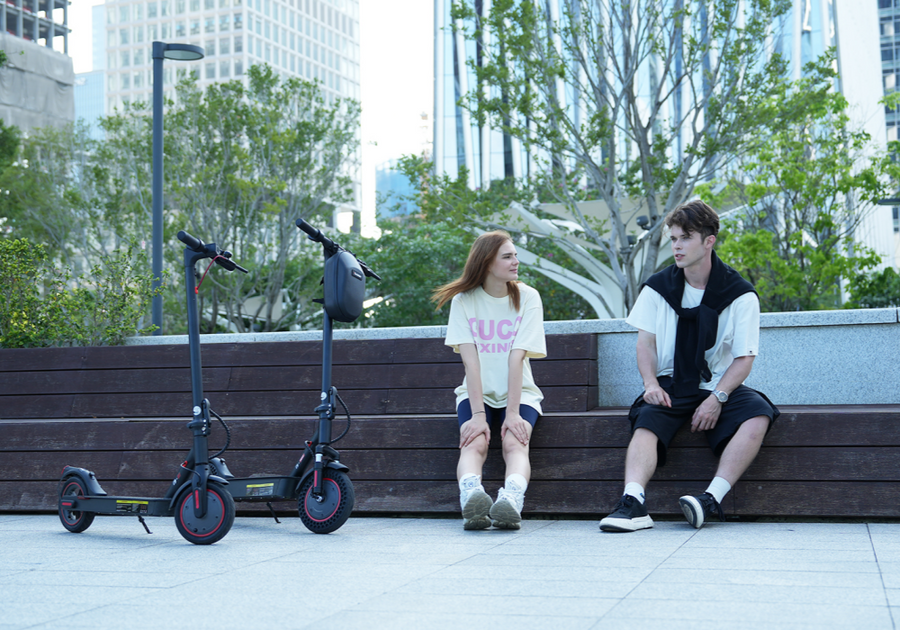



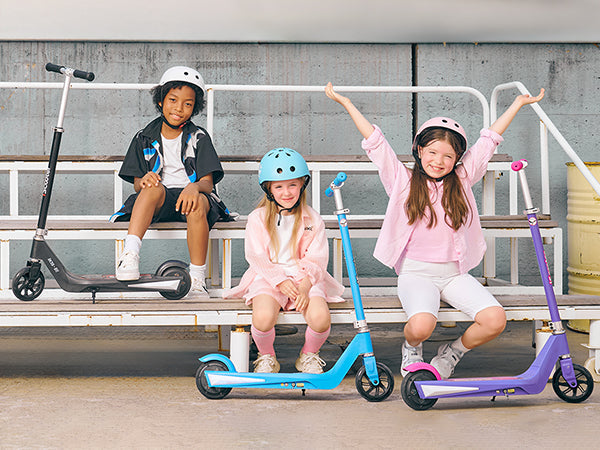
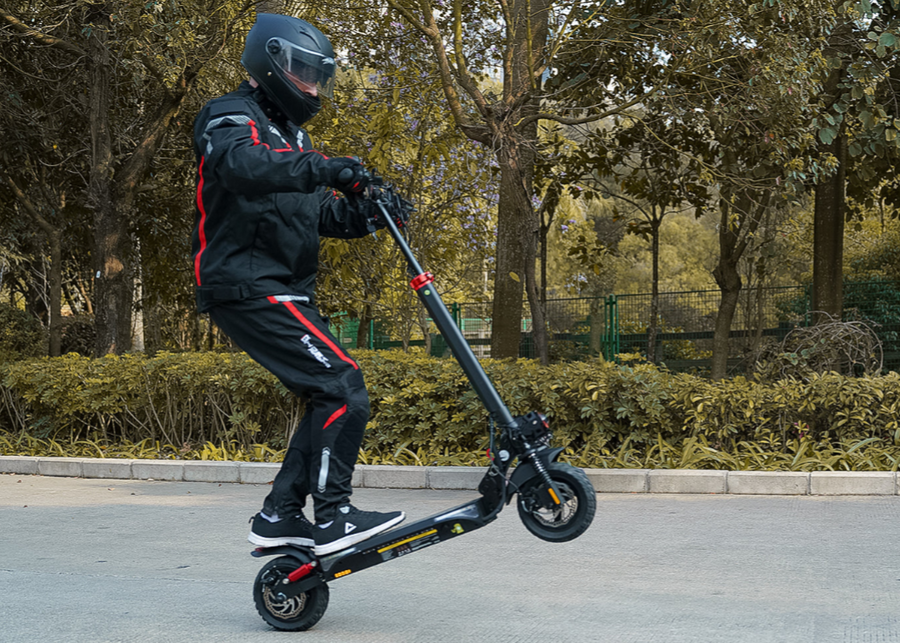
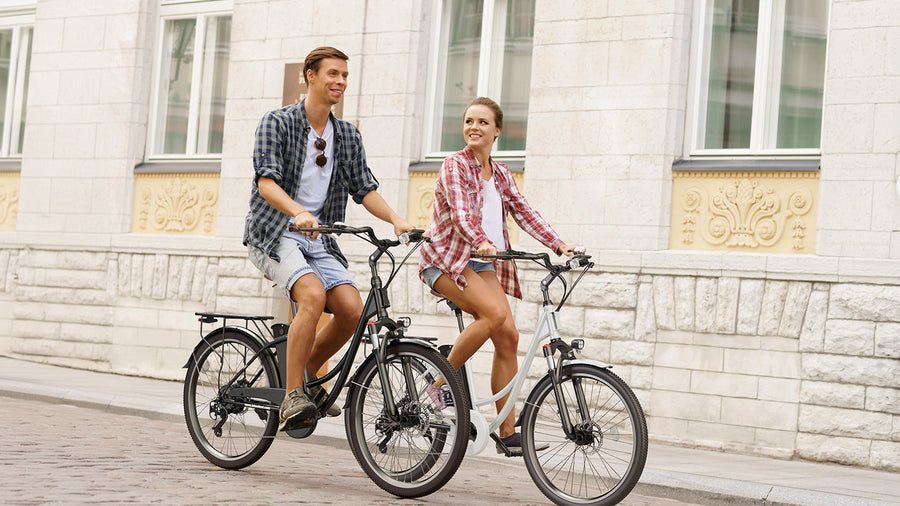
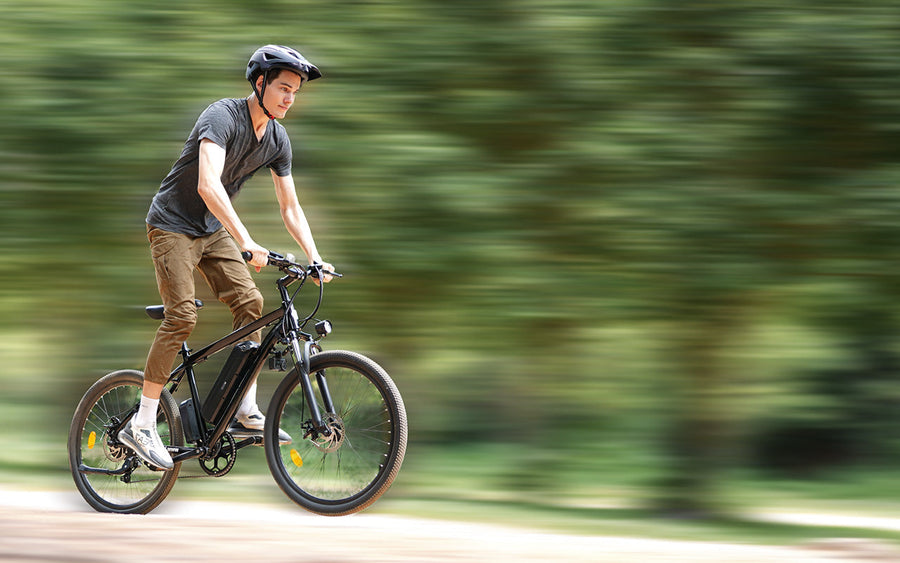

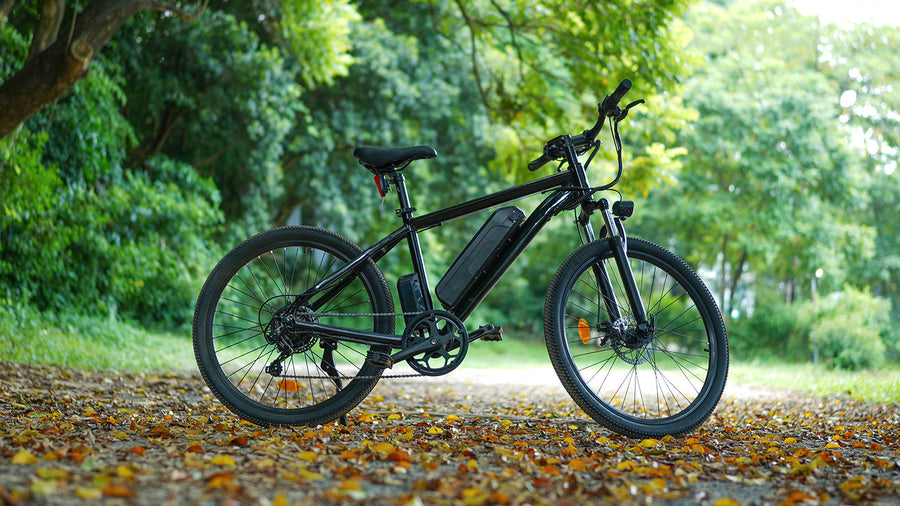
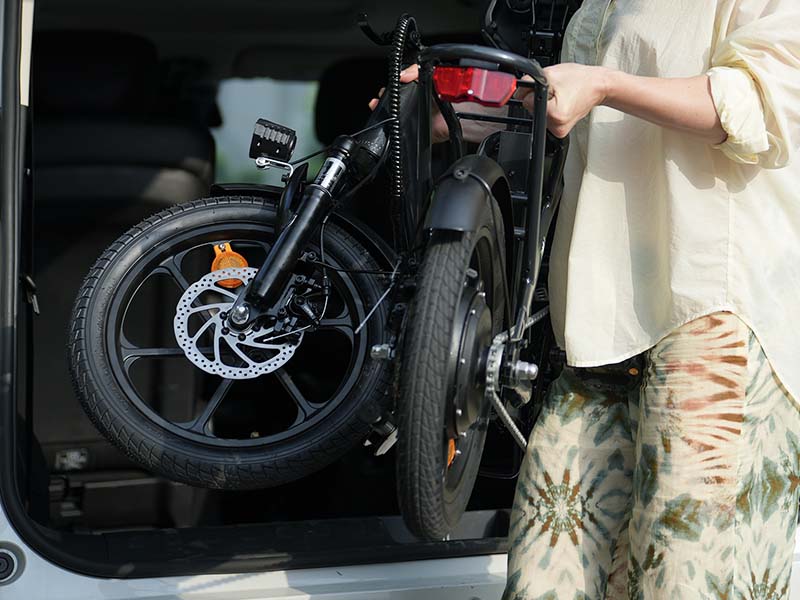
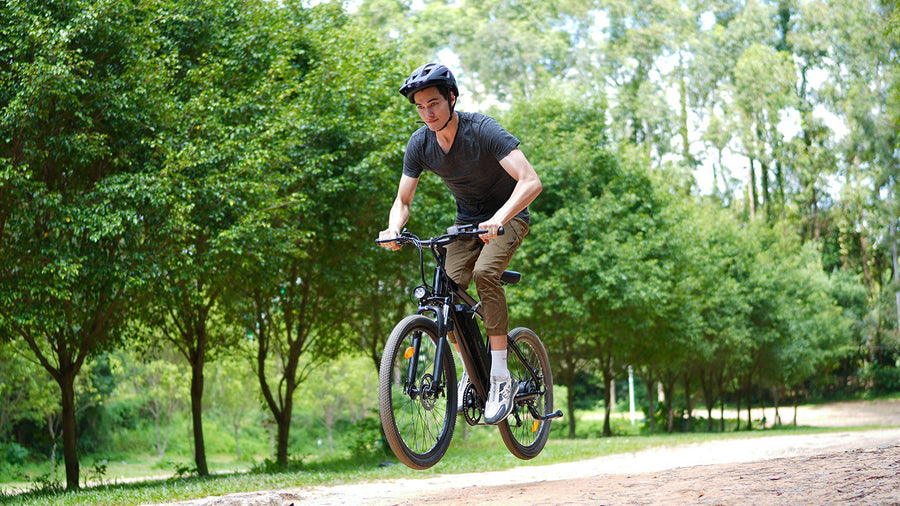









Article tags :
Leave us a message